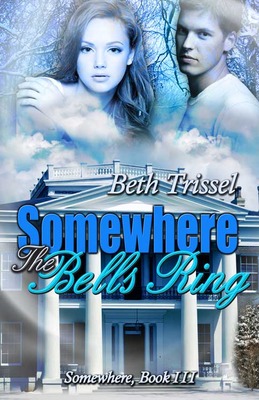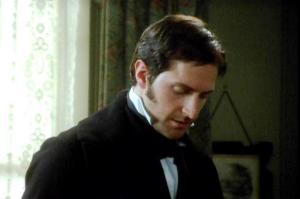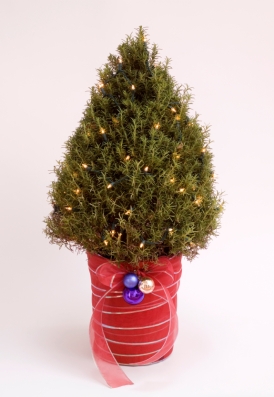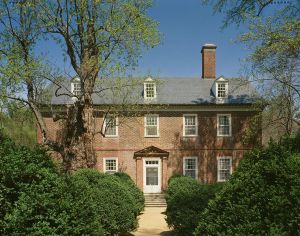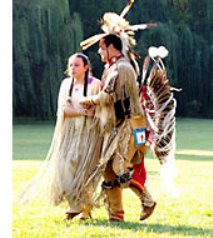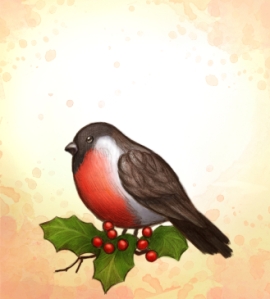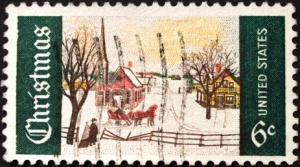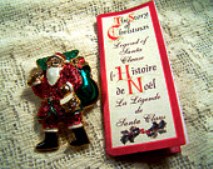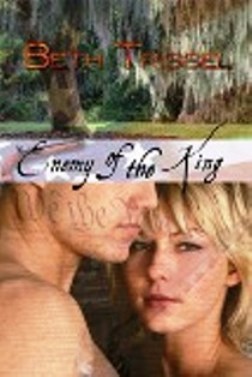 You will appreciate the staggering research that goes into penning anything set in the past. None of us were born knowing this stuff, unless you’re vividly recalling a former life. Even after all the enormous preparation required before typing a single word, more research is inevitable as new scenes demand added detail. I have yet to discover one that doesn’t. Such has been the case with my recently completed historical romance novel, Traitor’s Legacy, the sequel to award-winning historical romance novel, Enemy of the King. Both stories are set during the high drama of the American Revolution. Yes, I studied the entire war before launching into my focus on the Southern Front because I needed to know how it all fit together. You can’t just dissect one facet of an era, but must see all the parts, or you will be like an ant seeing only the bottom of the elephant’s foot.
You will appreciate the staggering research that goes into penning anything set in the past. None of us were born knowing this stuff, unless you’re vividly recalling a former life. Even after all the enormous preparation required before typing a single word, more research is inevitable as new scenes demand added detail. I have yet to discover one that doesn’t. Such has been the case with my recently completed historical romance novel, Traitor’s Legacy, the sequel to award-winning historical romance novel, Enemy of the King. Both stories are set during the high drama of the American Revolution. Yes, I studied the entire war before launching into my focus on the Southern Front because I needed to know how it all fit together. You can’t just dissect one facet of an era, but must see all the parts, or you will be like an ant seeing only the bottom of the elephant’s foot.
I finally finished Traitor’s Legacy right before Christmas, and intend to get this to my Wild Rose Press editor in the new year. Would you believe I succumbed to illness soon after? Could be I wore myself out. I hope my editor will fall all over it, but we shall see. Those of you eager to read this new story must wait until I have a contract and more information. Much thanks for your support.
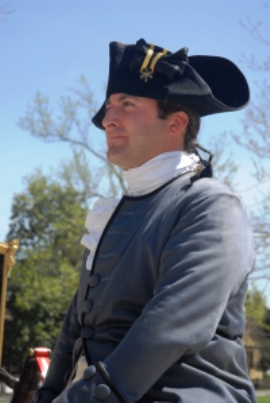 Back to the research. You may ask, do I enjoy these forays into bygone days? For the most part, yes. I find myself engrossed and often come across information that enhances the story, spawns a plot line, or even a new book. But there are those times when I’m exhausted and fervently wish someone could simply answer my question and save me hours of laboring to unearth what’s needed. And historians do not always agree with each other, so I am left to gain an overall consensus of an episode or the particulars of life in that time period. I also continually consult an etymology as I write to be certain my word usage is appropriate. (Image of reenactor from colonial Williamsburg)
Back to the research. You may ask, do I enjoy these forays into bygone days? For the most part, yes. I find myself engrossed and often come across information that enhances the story, spawns a plot line, or even a new book. But there are those times when I’m exhausted and fervently wish someone could simply answer my question and save me hours of laboring to unearth what’s needed. And historians do not always agree with each other, so I am left to gain an overall consensus of an episode or the particulars of life in that time period. I also continually consult an etymology as I write to be certain my word usage is appropriate. (Image of reenactor from colonial Williamsburg)
Visiting the settings featured in my stories is a huge aid and I do so if possible. I toured all the North and South Carolina sites in Enemy of the King. In Traitor’s Legacy, the primary setting is Halifax, NC. I had a wonderfully informative tour and guides there, plus visited and revisited Colonial Williamsburg and historic Yorktown, as both locations figure into the story. Living in the beautiful Shenandoah Valley of Virginia makes these treks feasible. Scotland, not so much. For British settings, I am dependent on family and friends who’ve visited, or live there, and research. Always research.
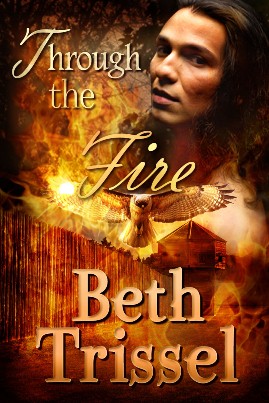 I am grateful for all the assistance I’ve received along the way. For my Native American themed stories, I’ve had the help of historians and reenactors (also for my American Revolution themes). Anthropologists, archaeologists, language experts, and the Shawnee themselves have been invaluable in my NA Warrior series. Copious reading material has been generously gifted to me, or purchased from museum bookshops, or borrowed from the library. Family accounts I’ve come across while doing genealogy enter strongly into my work. Some online sites are hugely helpful, but didn’t exist in my early writing days.
I am grateful for all the assistance I’ve received along the way. For my Native American themed stories, I’ve had the help of historians and reenactors (also for my American Revolution themes). Anthropologists, archaeologists, language experts, and the Shawnee themselves have been invaluable in my NA Warrior series. Copious reading material has been generously gifted to me, or purchased from museum bookshops, or borrowed from the library. Family accounts I’ve come across while doing genealogy enter strongly into my work. Some online sites are hugely helpful, but didn’t exist in my early writing days.
My knowledge of herbs is extremely useful in doctoring my characters, or sedating, even poisoning, them if necessary. Herbs were vital to every aspect of life in times past and the reason I give herbal workshops to various online writing groups. Authors need to know more about herbs and herbal lore to lend authenticity to their stories. Some of this knowledge is also important to have for ourselves today, and can be lifesaving.
 My point in all of this, is a plea for appreciation of the tremendous effort poured into writing historical fiction of all lengths. Even shorter works require much research. I challenge anyone who thinks this is easy, to go for it, If you already know writing historicals is an arduous path, but long to venture into the past, then do it for the love of the journey. It’s the only way I know of to time travel.
My point in all of this, is a plea for appreciation of the tremendous effort poured into writing historical fiction of all lengths. Even shorter works require much research. I challenge anyone who thinks this is easy, to go for it, If you already know writing historicals is an arduous path, but long to venture into the past, then do it for the love of the journey. It’s the only way I know of to time travel.
For those of you who are interested, here’s the link to my Kindle Page at Amazon. Amazon has all of my work. Other online booksellers have a number of my stories, but not all. I’ve indie published some of my titles, but many are with the Wild Rose Press, an excellent publisher.










